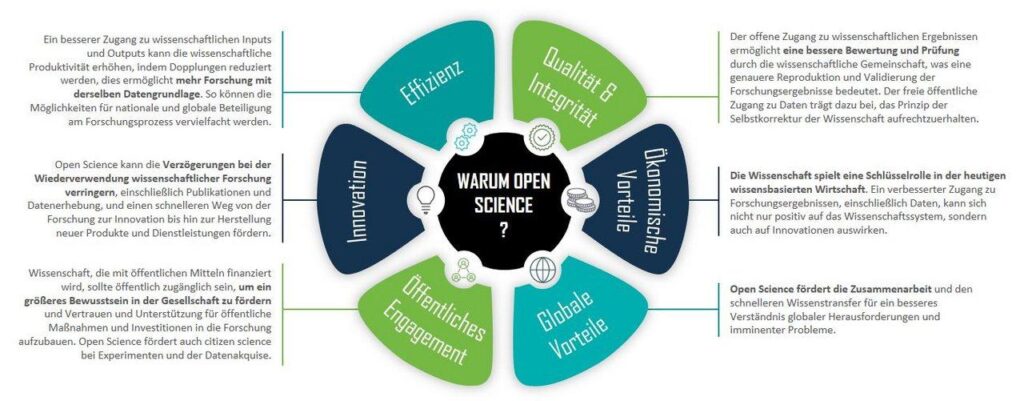NASA is expanding access to its cutting-edge research through a new series of Open Science Trainings, designed to empower scientists, educators, and the public alike. Hosted on NASA Science’s official .gov platform, these trainings aim to demystify data analysis, promote transparency, and foster collaboration across the scientific community. As the agency continues to push the boundaries of space exploration and Earth observation, this initiative underscores NASA’s commitment to making science more accessible and inclusive than ever before.
Open Science Trainings Empower Researchers with Cutting Edge NASA Data
Researchers worldwide are gaining unprecedented access to NASA’s expansive data repositories through a series of innovative training programs designed to elevate scientific discovery. These immersive sessions guide participants in harnessing state-of-the-art tools and platforms, enabling seamless exploration of satellite imagery, planetary datasets, and climate models. By fostering a hands-on learning environment, the trainings empower scientists to integrate NASA’s dynamic data streams into their research workflows with confidence and precision.
Key benefits of these trainings include:
- Mastering data acquisition from NASA’s open portals
- Utilizing advanced analytics and visualization software
- Collaborating across disciplines with a shared data language
- Accelerating innovation in Earth observation and space exploration studies
| Training Module | Duration | Focus Area |
|---|---|---|
| Satellite Data Access | 2 days | Earth Science |
| Planetary Science Analytics | 3 days | Planetary Exploration |
| Climate Modeling Tools | 2 days | Climate Change Research |
Inside NASA Science Open Trainings Offering Hands On Experience
Participants in these dynamic training sessions gain unparalleled hands-on experience by engaging directly with NASA’s latest scientific tools and datasets. From working with real satellite imagery to analyzing cosmic phenomena, these workshops are designed to bring complex space science concepts into accessible, interactive learning environments. Emphasizing practical application, attendees use software platforms like Python and Earth Observing System Data and Information System (EOSDIS) to unlock insights into Earth systems and beyond.
Key features of the trainings include:
- Live demonstrations from NASA scientists and engineers
- Access to cutting-edge research data from ongoing missions
- Collaborative problem-solving exercises mimicking real-world scenarios
- Opportunities for certification that bolster professional credentials
| Training Module | Focus Area | Duration |
|---|---|---|
| Earth Observation Data | Climate & Atmosphere | 4 Weeks |
| Astrophysics Tools | Cosmic Exploration | 3 Weeks |
| Planetary Science | Mars & Beyond | |
| Planetary Science | Mars & Beyond | 5 Weeks |
| Resource | Purpose | Best Practice |
|---|---|---|
| NASA Earthdata | Access to environmental satellite data | Use API-driven data queries to automate workflows |
| OpenNEX | Near real-time climate data processing | Incorporate in cross-institutional training modules |
| ). Consider completing the third resource if you have more to add. For example: | ||
| NASA GitHub | Access to software tools and scripts | Contribute to open-source projects and share improvements | cells to improve accessibility:
| Resource |
